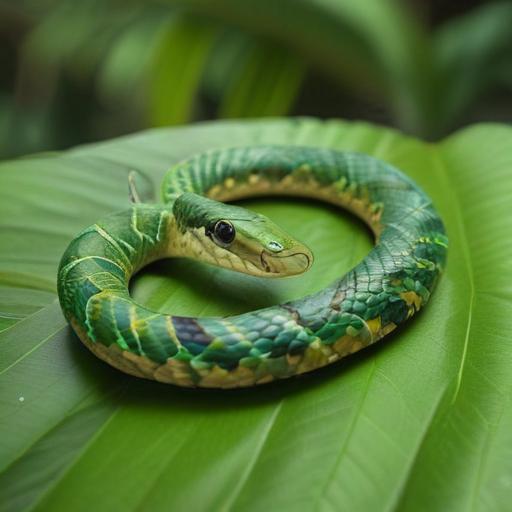The Barbados threadsnake, recognized as potentially the world’s smallest snake species, has made a noteworthy comeback with its ‘rediscovery’ in March 2025. This significant finding was part of an ecological survey led by Barbados’ Ministry of the Environment and National Beautification (MENB) in collaboration with the conservation group Re:wild. The discovery was announced in a press release on July 23.
Measuring a mere 4.1 inches in length and weighing only about 0.02 ounces, the threadsnake has often been mistaken for an earthworm due to its diminutive size. Until this recent sighting, the snake had not been recorded by scientists for nearly two decades and was classified under the “lost to science” list, which includes over 4,800 species that have evaded recent observation.
Connor Blades, a project officer with the MENB, alongside Justin Springer from Re:wild, stumbled upon the snake while meticulously searching under rocks during their survey. After persistent efforts that extended over a year, they were elated to finally encounter the elusive reptile. “After a year of searching, you begin to get a little pessimistic,” Blades reflected, while Springer expressed a sense of disbelief upon their discovery, stating, “You can’t believe it.”
Previously, sightings of the Barbados threadsnake have been exceedingly rare since the first documentation in 1889. This latest encounter not only highlights the mystery surrounding the species—little is known about its habits and biology—but also underscores the importance of conservation efforts in preserving the biodiversity of Barbados.
With this rediscovery, conservationists are optimistic about creating a protective framework for the threadsnake and its habitat. Blades emphasized the significance of the forest environment where the snake resides, indicating it as an essential reservoir for biodiversity. Furthermore, he raised concerns about the snake’s potential mating challenges given habitat degradation. Springer echoed this sentiment, stressing the importance of conserving Barbados’ forests for the threadsnake and other species that call it home.
This rediscovery invites renewed interest in the conservation of unique species and habitats on the island, emphasizing the vital role of local ecosystems in supporting not just the Barbados threadsnake, but a broader array of flora and fauna. As efforts continue to safeguard these rare species, there is hope for the ecological health of the region and a reminder of the intricate connections within the island’s biodiversity.
